Description
You can measure line ac voltages or dc voltage of dc sources like a battery or power supply using this PT Module DC Or AC Voltage Sensing Module Arduino Ac Voltage Sensor Module.
Part 1:
Part 2:
Features Of DC AC Voltage Sensor Module :
- Ac voltage range= 0 to 275
- DC Voltage range= 0 to 100
- This circuit has 3 possibilities of use.
- Dc voltage Sensing
- Ac voltage Sensing using Detecting Peak Value of Rectified and filtered sine wave.
- AC Voltage Sensing using Clamping Method And Peak Detecting Without Filtering.
Specifications DC AC Voltage Sensor Module:
- PCB board size: 3 inch x 2 inch
- Rated Input Current: 10mA
- Retardation (rated input): “20′ (input 2mA, sampling resistance 100Ω)
- The linear range: 0 ~ 300V
- Isolation voltage: 1000V
- Operating temperature: -40 ° C- + 70 ° C
1 Dc voltage Sensing
This circuit has two options, 100V input sensing or 25 voltage sensing. It’s a very simple circuit, all you need to select your range using jumper and calibration after burning example code in Arduino. This is just a divider circuit. This circuit divides input volts by 10 and gives it to your Arduino. So if Arduino is reading 2.5v, that’s means input is 2.5*10 volts. It’s a linear and stable circuit with a noise filtering section in it.
2 AC voltage Sensing using Peak Detecting of Rectified and filtered sine wave.
- There is no need to power up this section, it just gives a ready-to-use signal for the microcontroller to measure. The only difference between this circuit and the previous is the rectification section.
- This section converts input AC voltage to DC and gives this voltage to the voltage divider section.
- AC Voltage Sensing using Clamping Method And Peak Detecting Without Filtering.
- In this circuit, we are clamping the sine wave and adjusting zero degrees of the sine wave to vcc/2 of the microcontroller power supply.
- This way we get a complete sine wave even without losing 0.7v across diodes.
- In this board, we can measure and monitor complete sine wave, either there is noise in the sine wave, surge, or power fail.
- There is no delay of data, but its microcontroller programmer responsibility to write software for this board, We have given a basic program of Arduino to work for this section, it works nicely for voltage measurement.
- Onboard precision clamp circuit, the signal for precise sampling.
- Can be measured within the 275V AC voltage corresponding to the analog output can be adjusted
Only one section can be used at a time, DC voltage measurement, or AC voltage measurement also only 1 circuit can be used at a time while measuring AC voltage because the ground is different between both sections.
/*
By Irfan Ahmad*/
//////////////////////////////////////////////
void setup() {
Serial.begin(9600);
}
//////////////////////////////////////////////
void loop() {// float DC_Voltage=analogRead(A0);DC_Voltage= map(DC_Voltage, 0, 1023, 0, 500); DC_Voltage=DC_Voltage/10; Serial.print(“Dc_Voltage=”); Serial.println(DC_Voltage); // for dc volt
float Ac_Voltage=read_using_dc_voltage_peack(); Serial.print(“Ac_Voltage=”); Serial.println(Ac_Voltage); // for ac volt using simple method
// float Ac_Voltages=read_using_sine_wave();if(Ac_Voltages<0) Ac_Voltages=0; Serial.print(“Ac_Voltage=”); Serial.println(Ac_Voltages); // for ac volt using sine wave.delay(50); // delay in between reads for stability
}
///////////////////////////////////////////////
float read_using_dc_voltage_peack()
{
return(( map(read_peak(A0), 0, 1023, 0, 500))*0.707);
}
/////////////////////////////////////////////////
float read_using_sine_wave()
{
return((map(read_peak(A0), 0, 1023, 0, 1000))-500)*0.707;
}
/////////////////////////
unsigned long read_peak(int pin) // this function gives peak value of voltage on selected pin
{
int temp,j;
unsigned long x=0;
for( j=0;j<510;j++)
{
temp= analogRead(pin);
if(temp>x) x=temp;
delayMicroseconds(50);
}
return x;
}
Components used in this circuit are here..

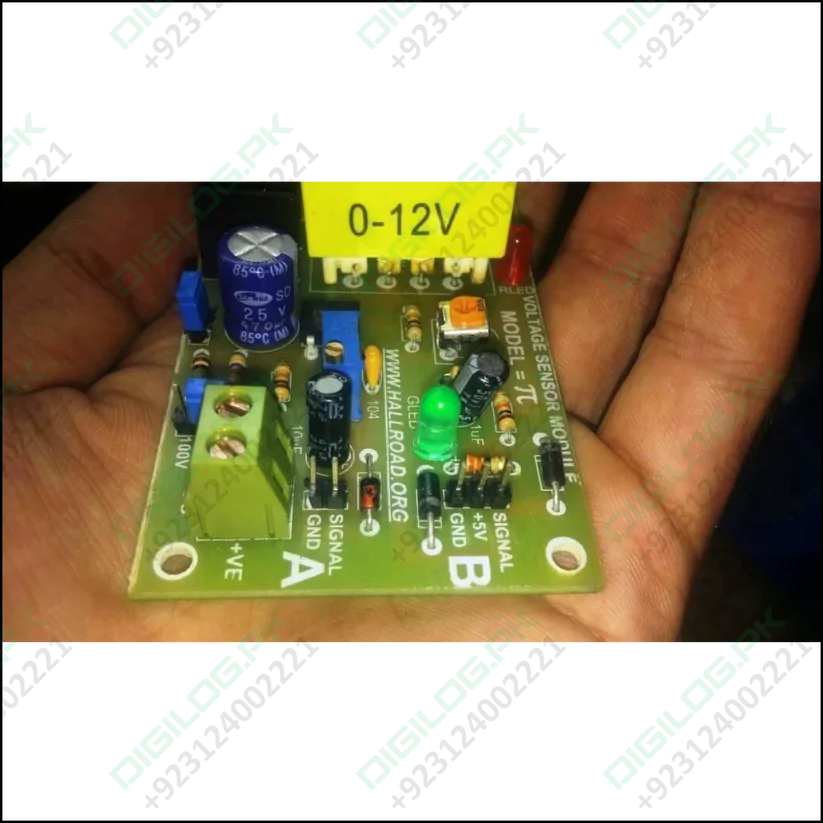
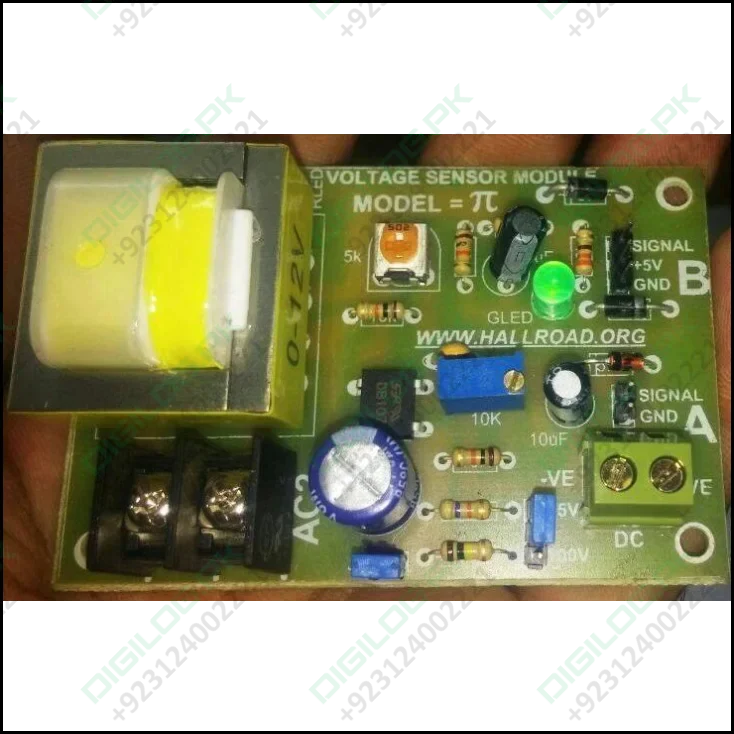




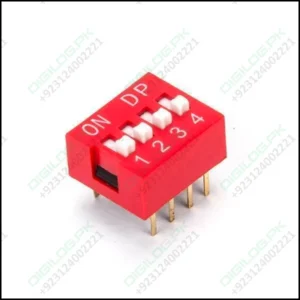
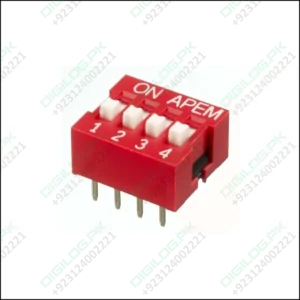


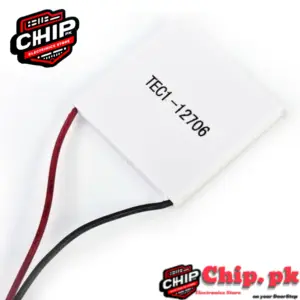

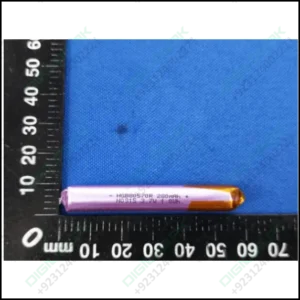

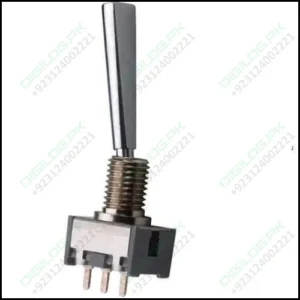
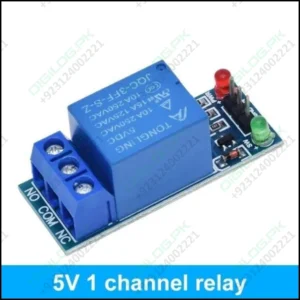







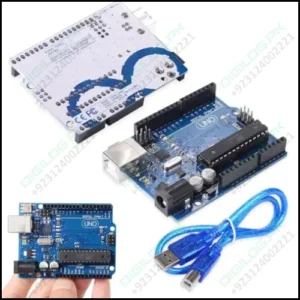
Reviews
There are no reviews yet.